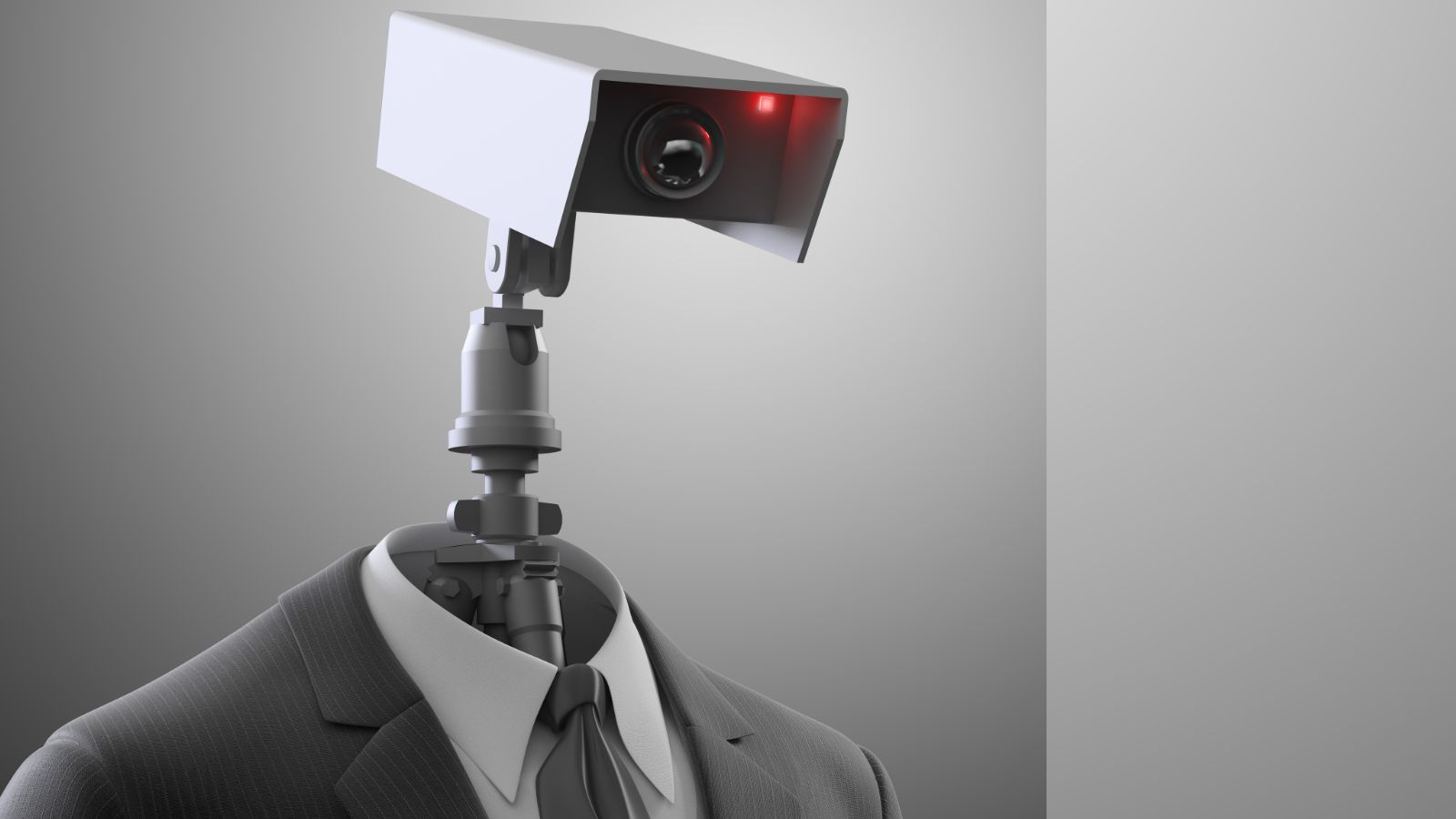If you order lunch using a touch screen or get your coffee from a self-checkout machine, it is evident that automation is creeping into daily life. Machines are increasingly performing duties formerly performed by people, such as shopping and customer service. Automation undoubtedly increases productivity, but it is also fundamentally changing the nature of work. This technology’s emergence brings up important issues regarding the nature of labor in the future.
The Cashiers’ Disappearance

For good reason, grocery and retail establishments have quickly embraced self-checkout systems. These machines can work around the clock, don’t need breaks, and don’t report ill. Because of this, cashiers are among the first workers to lose their employment to automation. There is little human interaction in many large retailers, which indicates that customer service positions are progressively disappearing.
Manufacturing Powerhouses Using a Leaner

With robots doing hazardous and repetitive jobs on assembly lines, the industrial industry has traditionally been an early embrace of automation. The degree of automation sophistication has changed in recent years. As they become more adaptive, talented human workers who once believed their jobs were secure are replaced by robots.
Automated customer service’s rise

Have you ever attempted to contact customer support only to be connected to an AI-powered chatbot? Numerous businesses are substituting automated systems that can respond to routine questions and grievances and even troubleshoot for human representatives. Businesses benefit financially but call center employees worldwide are concerned about this trend as these systems become more sophisticated and conversational.
Algorithmic Financial Advisors’ Growth

Automated systems are increasingly being used in financial services, which were formerly seen to be a field best left to highly skilled individuals. With minimal to no human involvement, robo-advisors monitor assets, suggest financial products, and optimize portfolios using algorithms. This lowers client fees and puts jobs in the financial advising industry at risk.
The Transition to Self-Driving Cars in Transportation

Delivery services, taxis, and haulage may be the sectors most affected by the development of autonomous vehicles. Millions of driving jobs may be lost due to the significant investments in self-driving technology by companies like Tesla, Waymo, and Uber. For example, autonomous trucks have the potential to transform logistics by lowering labor costs and delivery times, but at what cost to drivers?
Agriculture Accepts Harvesting Automatically

Automated harvesting devices are becoming increasingly common in agriculture, historically relying on human labor to select fruits and vegetables. There is less demand for seasonal laborers because these robots can work more reliably and quickly than human workers.
AI Diagnostics’ Rise in Healthcare

Another industry that is feeling the effects of automation is healthcare. These days, AI-powered diagnostic technologies can analyze medical images, identify illnesses, and even recommend courses of treatment. Although technology increases speed and accuracy, it also raises questions about the future of medical technicians, radiologists, and physicians.
Food Service Automation

The food service sector is changing dramatically, from entirely automated restaurants to fast-food chains using robots to flip burgers. Food is now ordered, prepared, and even delivered by machines in some places. Cooks, waitstaff, and food prep workers may become less common as kitchens and dining areas become more automated.
Robotic Retail Warehouses

To run their enormous warehouses, e-commerce behemoths like Amazon have significantly invested in robotic technology. No person could pick, pack, and carry items as quickly or precisely as these machines. Although it increases productivity, warehouse workers will have fewer chances due to this trend extending throughout the retail supply chain.
Document Review and Legal Automation

Technology is increasingly handling duties like document inspection, contract analysis, and even some areas of case law study in the legal field, which was previously believed to be immune to automation due to its complexity. The employment of paralegals and junior attorneys is in jeopardy since software can now review legal documents significantly more quickly than human attorneys.
Automated Reporting and Content Production

Although it may seem unrealistic, automation has already permeated the fields of journalism and content production. Algorithms can now produce sports summaries, financial reports, and even simple news stories. The emergence of automated journalism raises concerns about the future of media writing jobs, even though human writers continue to produce more complex pieces.
AI-Powered Tutors Automate Education

The advent of automation also affects education. Traditional tutoring and even some elements of classroom instruction are starting to be replaced by AI-driven systems. These methods are more effective than human teachers at meeting the demands of each student, from grading papers to providing individualized instruction.
Automated Transactions and Banking

With many regular processes like money transfers, loan approvals, and fraud detection now being performed by algorithms, the banking industry is fast moving towards automation. Banks are increasingly using chatbots to handle customer care, which further reduces the need for human employees. Despite increasing efficiency, this tendency is causing job losses in the banking industry.
Automation of Security and Surveillance

Security positions are at risk due to the development of AI-powered surveillance systems. Automated systems may monitor large areas, which can spot suspicious activity, and even use facial recognition technology to identify specific people. This lessens the need for human security guards, even though it might improve security.
Creativity and Art in the AI Age

The creative industries are among the most unexpected sectors affected by automation. AI systems can now produce artwork, music, logos, and advertising campaigns. The growing role of AI in the creative process suggests that jobs in marketing, design, and art may be disrupted in the future, even while human ingenuity still leads the way.
Automated Language Services and Translations

With the advent of AI-powered translation systems, the need for qualified human translators in language translation is quickly changing. Large volumes of text can be translated in a matter of seconds by these more accurate systems. This trend seriously threatens the livelihoods of professional translators.
Telehealth and Online Consultations

Since the COVID-19 epidemic, telemedicine has become increasingly popular, and a large portion of the procedure is automated. AI-driven technologies are decreasing the need for in-person consultations, from scheduling visits to making preliminary diagnoses. This results in fewer administrative and support staff positions in medical practices and increases access to healthcare.
Job Creation vs. Job Losses

It’s crucial to remember that, despite all the worries about automation resulting in job losses, it also opens up new opportunities. Those requiring advanced human talents like creativity, problem-solving, and emotional intelligence are becoming increasingly common, as are those in cybersecurity, robotics maintenance, and AI development. However, the challenges are moving the labor into these new fields and ensuring that automation’s advantages are realized.
Conclusion

The workplace is changing profoundly and frequently in unexpected ways due to automation. Although it has indisputable advantages in terms of productivity and efficiency, it also poses essential queries regarding the nature of work in the future. The workforce must adjust as computers continue to perform more activities, and society must figure out how to balance job stability, technological advancement, and human growth.
18 Reasons Why People Are Leaving Florida in Masses

Exploring factors that impact the desirability of living in Florida, this list delves into various challenges shaping residents’ experiences. From environmental concerns like rising sea levels to economic factors such as fluctuating job markets, these issues collectively contribute to a nuanced understanding of the state’s appeal.
18 Reasons Why People Are Leaving Florida in Masses
